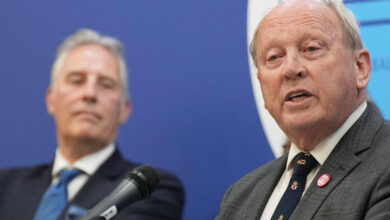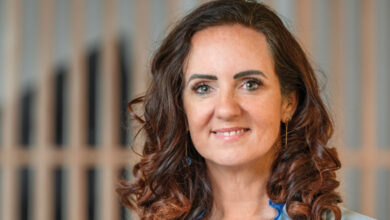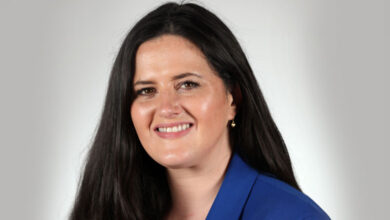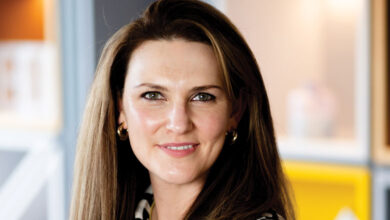The survival of the Seanad
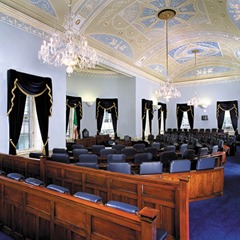 Voters have chosen to keep the Oireachtas’ second chamber, delivering a setback for the Irish Government.
Voters have chosen to keep the Oireachtas’ second chamber, delivering a setback for the Irish Government.
In an unexpected move, the Republic’s voters have chosen to retain Seanad Éireann, the upper house of the Oireachtas, despite its proposed abolition by the governing parties. The Seanad has traditionally had a much lower profile than the Dáil but a more independent spirit.
The Seanad’s electoral system is complex and is often considered archaic. Forty-three members are elected by fellow politicians. In theory, these represent various parts of the workforce: culture and education, agriculture, labour, industry and commerce, and public administration.
The electorate for these senators is made up of councillors, incoming TDs and outgoing senators. Seats often go to former TDs who have already been voted out by their constituents. It rarely rejects legislation; this last happened in 1964.
A further six senators (traditionally independents) are directly elected by the graduates of the National University of Ireland and Trinity College. A final 11 are nominated by the Taoiseach.
Fine Gael and Labour had proposed the abolition of the Seanad in their general election manifestos.
Fianna Fáil and many government senators were opposed to the move, citing the need for a second chamber to hold the Dáil to account. Sinn Féin initially backed the Seanad’s retention (as long as it was reformed) before calling for its abolition.
The campaign followed several decades of debate and took place in the context of austerity. Two of Fine Gael’s main messages were that abolition would save €20 million and cut the number of politicians. However, savings would have been undermined by pension payments for outgoing senators.
It appeared that a cynical public simply wanted to chance to vote down a government proposal. These voters had a slight majority over a similar ‘anti-politics’ group who wanted fewer politicians. However, the whole campaign tended to keep voters at home: just 39 per cent turned out.
“It is important that we put last week’s referendum behind us and get back to the meaningful business of running the Seanad,” said Paul Coghlan, a clearly embarrassed government whip.
“This result is complete rejection of the Government’s strategy of talking about reform but simply increasing their own power,” Fianna Fáil leader Micheál Martin remarked.
“When this referendum campaign began, polls showed a 74 per cent ‘yes’ vote. The success of the ‘no’ side in persuading people in the face of a well-funded and highly negative government campaign is a tribute to everyone involved.”
As an alternative, the Irish Government had planned to increase debating time for private member’s bills and committee hearings. Oireachtas committees still lack full investigative powers after a referendum rejected those proposed powers in October 2011 – another ‘anti-government’ result.
The old Irish Parliament had a House of Lords from 1297 to 1800 and Irish peers subsequently sat in the House of Lords at Westminster. The Irish Free State had a Seanad between 1922 and 1936, which included a large proportion of southern unionists. It was abolished by Éamon de Valera, who established the Seanad in its current form through the 1937 Constitution.
Over the years, the Taoiseach’s nominees have included several northern voices – a sign of how the Seanad represents those unlikely to win Dáil seat. Northern members have included the SDLP’s Seamus Mallon and Bríd Rodgers, peace campaigner Gordon Wilson, surgeon John Robb, trade unionist Sam McAughtry, political commentator Maurice Hayes and Martin McAleese (husband of Mary).
Photo credit: Houses of the Oireachtas
| Result | Votes | % |
| Yes | 591,937 | 51.7 |
| No | 634,437 | 48.3 |

